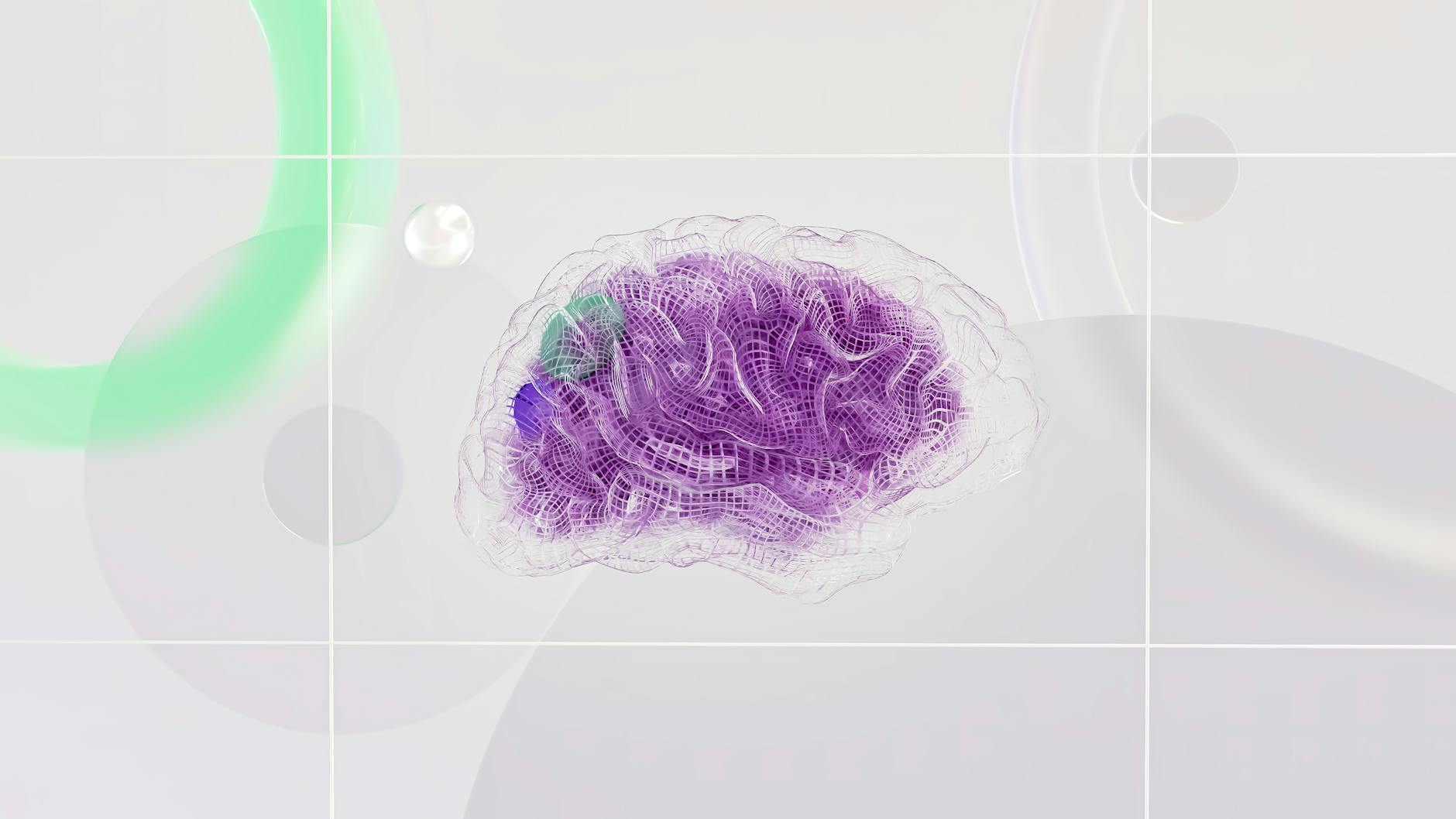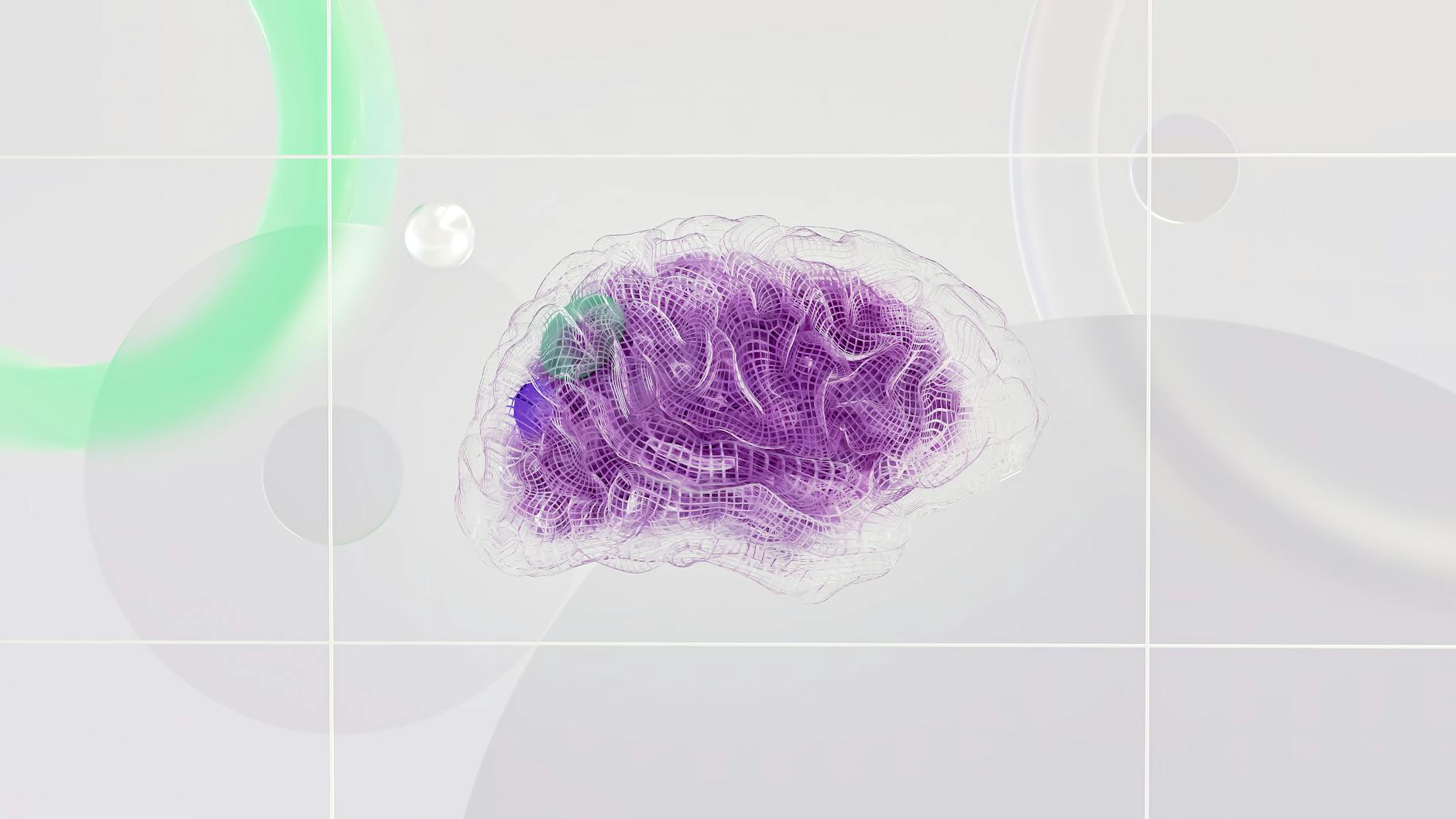
Image courtesy of Google DeepMind via <a target="_blank" rel="noopener noreferrer" href="https://www.pexels.com/photo/an-artist-s-illustration-of-artificial-intelligence-ai-this-image-represents-how-machine-learning-is-inspired-by-neuroscience-and-the-human-brain-it-was-created-by-novoto-studio-as-par-17483868/">Pexels</a>
Discover how artificial intelligence is reshaping the art world and challenging traditional notions of creativity in this insightful blog post.
Table of Contents
Hey there, tech enthusiasts! Have you ever imagined a world where artificial intelligence could create art? Well, guess what – that future is already here. In this blog post, we’re diving deep into the world of A.I. art and exploring how this emerging technology is completely changing the way we think about creativity and expression.
Artificial Intelligence and Machine Learning
Artificial intelligence and machine learning have taken massive strides in recent years, impacting various industries in ways we could have never imagined. One of the most interesting applications of A.I. technology is in the field of art. A.I. algorithms can analyze vast amounts of data, learn from patterns, and generate unique pieces of art that challenge our traditional notions of creativity.
The artwork created by A.I. is not only visually captivating but also prompts us to question the boundaries between human and machine intelligence. It opens up new possibilities for collaboration and pushes the boundaries of what we thought was creatively possible.
Cybersecurity and Emerging Technologies
With the rise of quantum computing, cybersecurity has become more essential than ever before. Protecting sensitive data in the age of big data and the Internet of Things (IoT) poses significant challenges. This is where technologies like blockchain come into play by providing secure and transparent mechanisms for data protection.
In the fast-paced world of tech startups and innovation, cybersecurity also remains a top priority. Ensuring the safety of personal and corporate data is paramount for maintaining trust and security in a digital world. As we embrace new hardware and gadgets, it’s crucial to stay vigilant about potential vulnerabilities and implement effective cybersecurity measures.
Tech Startups and Innovation
Tech startups have emerged as the driving force behind much of the innovation seen in the tech industry today. From cutting-edge software development to revolutionary hardware designs, these startups are pushing the boundaries of what’s possible. As digital transformation continues to reshape the technology landscape, the role of startups becomes increasingly critical.
| Aspect | Description |
|---|---|
| Creation Process | A.I. algorithms can generate artwork based on predefined parameters or patterns, changing the way art is created. |
| Innovation | A.I. art opens up new possibilities for artistic expression and innovation, blending technology with traditional art forms. |
| Ethical Concerns | There are ethical debates surrounding the use of A.I. in art, including questions of authorship, ownership, and cultural appropriation. |
| Market Impact | A.I. art has the potential to disrupt traditional art markets, offering new opportunities for artists and collectors. |
| Critical Reception | The reception of A.I. art by critics and audiences is varied, with some embracing it as the future of creativity, while others remain skeptical. |
Whether it’s virtual reality and augmented reality technologies or automation and robotics, tech startups are leading the charge in creating the innovations that will shape our future. Keeping an eye on tech reviews and recommendations for IT solutions will help us navigate the rapidly evolving tech landscape and stay informed about the latest developments.
Conclusion
As we journey into the future of creativity with A.I. art and explore the exciting possibilities offered by emerging technologies, it’s clear that the tech industry is bursting with innovation and potential. Staying informed and engaged with the latest trends in tech will not only broaden our horizons but also empower us to be a part of the transformative changes happening around us.
So, grab your favorite tech gadget, immerse yourself in the world of A.I. art, and get ready to witness the magic of technology in driving the future of creativity. The possibilities are endless, and the future is as bright as the pixels on our high-definition screens.
FAQs
Can artificial intelligence truly create original and meaningful art?
Answer 1: Yes, artificial intelligence can generate unique and thought-provoking art by analyzing patterns and data to create innovative pieces that challenge traditional notions of creativity.
What impact does A.I. art have on traditional art forms?
Answer 2: A.I. art opens up new possibilities for artistic expression and innovation, blending technology with traditional art forms to create a new genre of creative work.
Are there ethical concerns surrounding the use of A.I. in art?
Answer 3: Yes, ethical debates exist around A.I. art, including discussions on authorship, ownership, and cultural appropriation, highlighting the need for thoughtful consideration in these areas.
How does A.I. art impact the traditional art market?
Answer 4: A.I. art has the potential to disrupt traditional art markets by offering new opportunities for artists and collectors, reshaping the landscape of the art world and challenging existing norms and practices.




